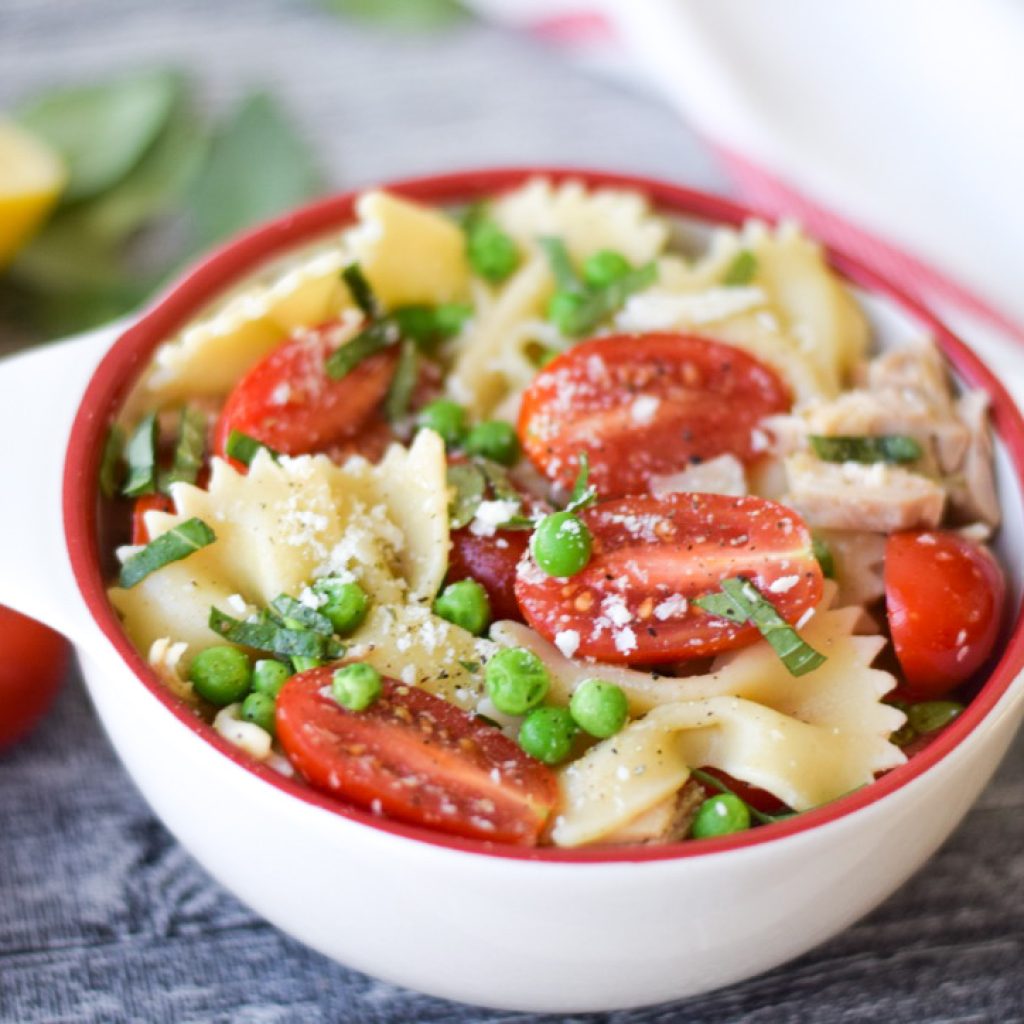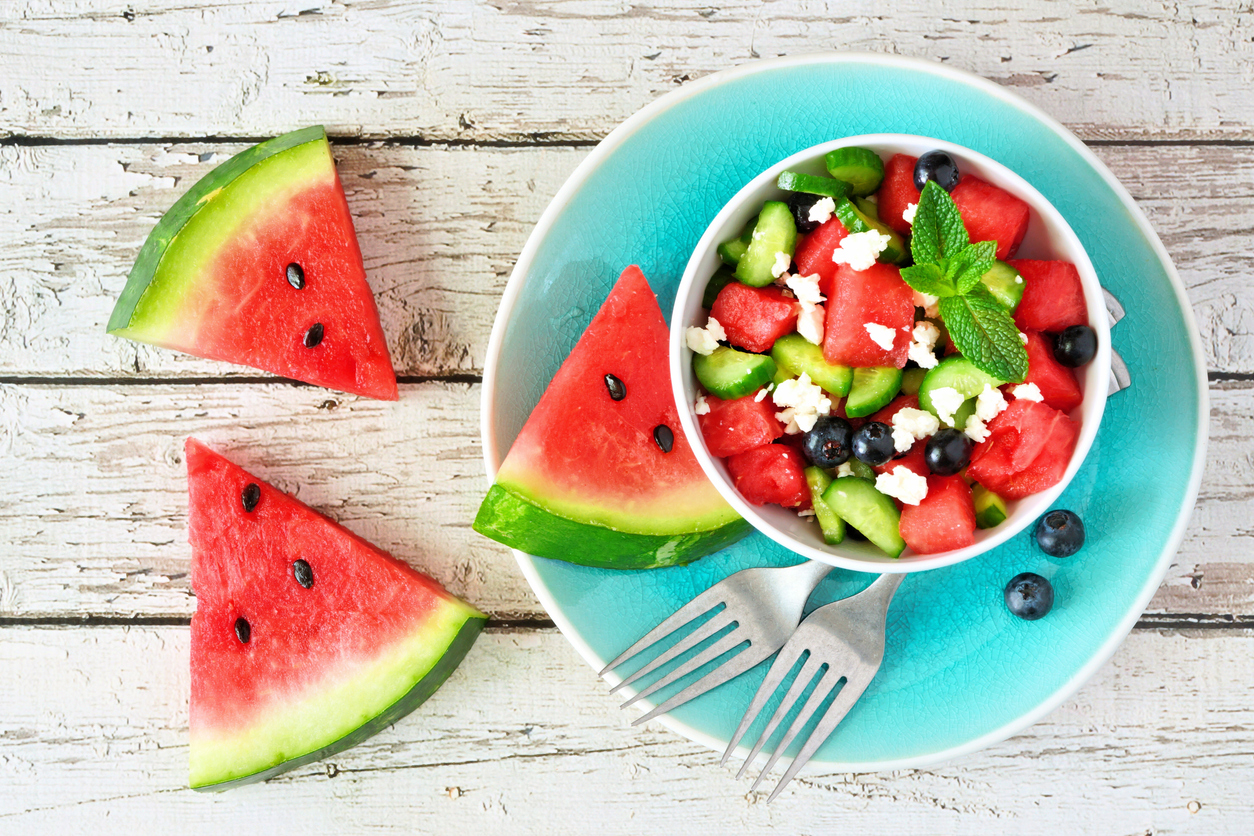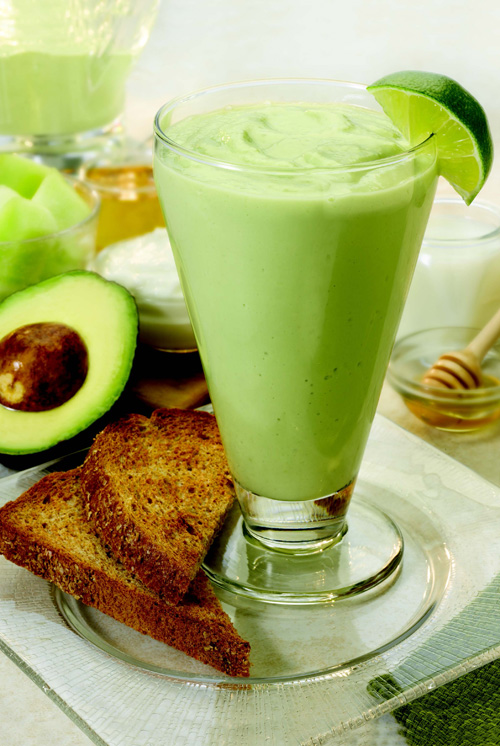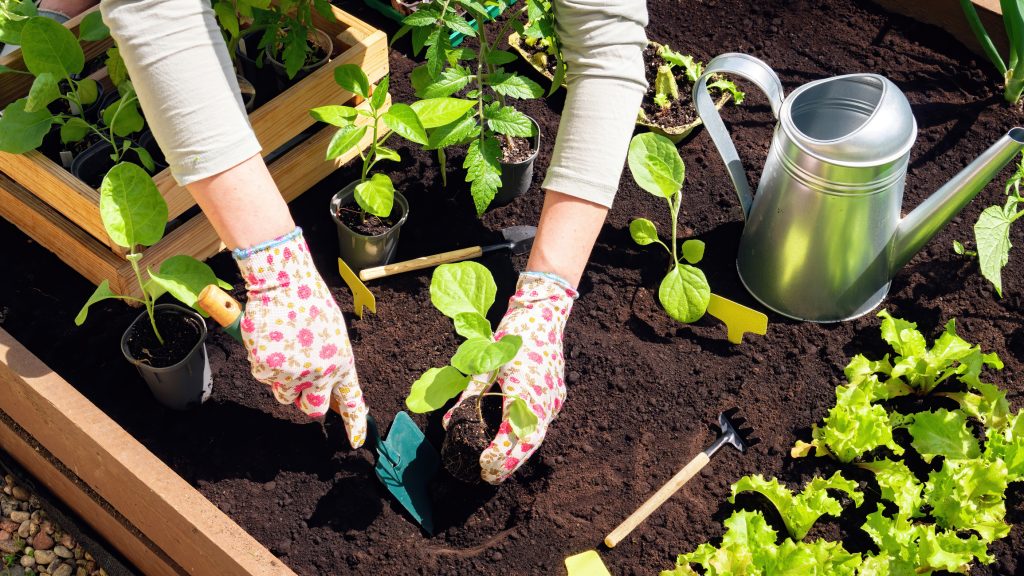by Novella Lui, RD
Many parents and caregivers may find salads are a tough sell to children. You may be surprised that salads aren’t only about vegetables — they can include a variety of foods, such as those your children already enjoy, like pasta, grains, cheese, and fruits.
What makes salads an ideal food for kids is that they can also include ingredients that you want to introduce and expand their preferences. Read on to discover my seven tips for making kid-friendly salads that children will actually eat.
What to Include In Your Kid-Friendly Salads
Before deciding what ingredients to include in your salad, consider whether this salad is meant to be a meal or a side dish. This is because you may have more ingredients in an entrée-type salad than a salad enjoyed as a side dish.
If you offer salads as a complete meal, here is a guide on what you can include:

- Leafy greens: Some kid-friendly leafy greens are baby spinach, lettuce leaves, and cabbage leaves. They are neutral in flavour and can make up the base of the salad.
- Protein: Hard-boiled eggs, shredded or diced chicken, cooked or canned salmon and tuna, and cooked beans are protein-rich foods that can bulk up a salad and offer essential nutrients.
- Cheese: If your children love cheese, add shredded cheddar, diced cheese, feta, and more for more flavour.
- Fruits: Who doesn’t love the sweetness of fruits? Shredded, wedged or sliced apples and pears pair well with savoury salads, but so do berries, grapes and dried fruits like raisins and cranberries, which add a hint of sweetness to a savoury salad.
- Grains: Cooked and chilled pasta, noodles, and grains like farro, quinoa, and rice can lend well to a salad meal. Use three parts of veggies and one part of grains to round up the salad. If you decide not to include a grain in the salad, pair the salad with a slice of bread or bread roll.
Other Salad Types to Consider

As noted earlier, salads can include any type of ingredient, meaning that veggies don’t necessarily need to be the main or highlighted ingredient. Rather, including veggies in salads to complement their liked foods is a great way to expand your children’s food repertoire.
Here are some examples of other salad types that you can also include vegetables:
- Potato salad: Many children love eating potatoes. In addition to using hard-boiled eggs and mayonnaise, add peas and carrots for colour and additional nutrients.
- Pasta and noodle salad: Pasta and veggies are a winning pair, and there is a reason for it. Pasta and noodles are easy to chew and are comfort foods for many children (and adults!) Some examples of delicious pasta salads are chicken pasta salad with cherry tomatoes, tuna pasta salad with chickpeas and cucumbers, and cold noodle coleslaw. Our Cucumber Tomato Rice Noodle Salad is also popular among our team!
- Fruit salad: Who would say no to sweet and juicy fruits? Our Simple Fruit Salad and Grilled Fruit Salad are easy to prep and loved by many adults and children.
Tips for Making Kid-Friendly Salads
1. Consider the age of your children
Younger children, like toddlers, may have a hard time chewing raw veggies and fruits, so keep in mind what you can include.
Some whole veggies, fruits, nuts, and seeds can be a choking hazard for children under 4, such as:
- Raw whole and baby carrots
- Corn kernels
- Whole cherry and grape tomatoes
- Raw, hard and whole fruits (i.e., whole apple)
- Melon balls
- Whole grapes
- Raisins
- Nuts and seeds, such as sunflower and watermelon seeds
If you are prepping salads for younger children, consider using sliced cucumbers, sliced tomatoes, quartered cherry tomatoes, shredded carrots, snap peas, and snow peas, which are some yummy and nutritious easier-to-chew raw veggies.
2. Keep in mind texture and sizes
Children can adapt to new tastes and textures outside their comfort zone when the food is not overwhelming in appearance and texture. For example, shredded carrots and radish slices are more appealing to the younger palettes as they are easier to chew and have a softer texture than whole baby carrots and radish halves.

3. Include 2, 3, 4 or 5 ingredients
Salads don’t need to be complicated and overwhelming. They can simply include two to five ingredients, and those ingredients can be foods that the kids already enjoy.
Here is some inspiration for salad combinations:
- 2 ingredients: Cucumber and watermelon salad
- 3 ingredients: Green lettuce with chopped strawberries with mixed berry dressing (Optional: Add canned fish and serve a bread roll to make it a meal)
- 4 ingredients: Broccoli slaw, shredded carrots and apple wedges with blueberry balsamic dressing (Optional: Add a protein and a grain to make it a meal)
4. Set up a salad bar
Some children may be selective eaters while others would like to see what exactly goes into their salad. When you set up a salad bar in the eating area, children can see what foods are offered, allowing them to choose what to include and how they want to eat the salad.
5. Presentation matters

Salads also don’t need to be placed on a plate or a bowl, with one ingredient placed on top over the other or all the ingredients mixed together. Consider using your creativity to present food to children. Here are some ideas:
- Salad in a cup: Put leafy greens like lettuce or cabbage leaves, bell pepper strips, and sliced cucumber sticks in a cup. Pair them with their favourite salad dressing or yogurt dip as a dipping sauce.
- Lettuce wraps: Lettuce wraps are another fun way to engage kids in building their own meals, like the salad bar. Offer shredded carrots, shredded cabbage, bell pepper strips, crunchy noodles, and a protein, like firm tofu or chicken strips. Dress the lettuce wrap with your children’s favourite dressing or dip. (Note: We also have an adult version of the lettuce wrap flavoured with sweet chilli sauce and sriracha sauce!)
- Veggie face: Younger children like fun! Make a colourful veggie face with cucumber eyes, halved cherry tomato nose, green bean mouth, and shredded cheese hair.
6. Serve a dip or dressing on the side
Depending on the recipe and your children’s preference, serve the salad dressing or dip on the side in a separate container. Doing so offers kids the option to add additional flavours to their already delicious salad if needed.
7. Eat the salad together as a family
Finally, food is more than nutrients; they are a part of sharing traditions and connecting with others. Eating meals and snacks with your children and other family members is an excellent way to explore new foods together.
About the author

Novella Lui is a registered dietitian who is passionate about supporting people in building healthy relationships with food by sharing simple and practical tips. As a food, nutrition and health writer, she combines her interest in evidence-based nutrition and health education through content creation. Find out more about her work on www.novellard.com.



